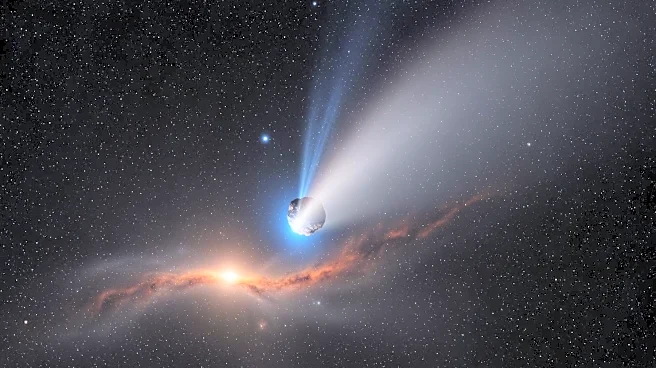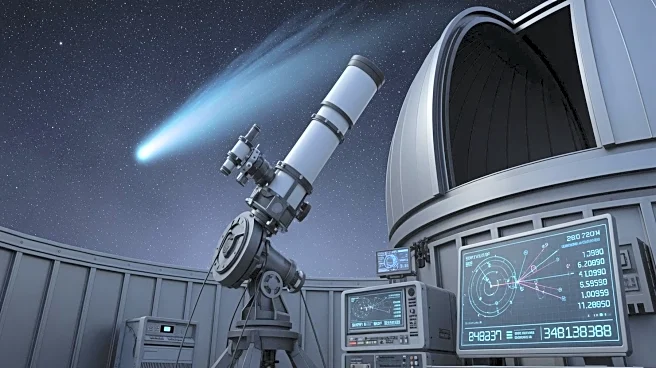What's Happening?
NASA has successfully completed a historic test flight of its experimental supersonic jet, designed to travel at speeds exceeding 900 miles per hour. This development marks a significant milestone in aviation
technology, potentially reducing commercial air travel time by half. The test flight demonstrated the jet's capability to operate at supersonic speeds, which could revolutionize the way people travel by air, making long-distance flights much shorter and more efficient.
Why It's Important?
The successful test flight of NASA's supersonic jet could have profound implications for the aviation industry. By significantly reducing travel time, this technology could enhance global connectivity and efficiency in air travel. Airlines may benefit from increased passenger turnover and reduced operational costs, while passengers could enjoy shorter travel times. Additionally, this advancement could stimulate economic growth by facilitating faster business travel and tourism. However, challenges such as noise pollution and regulatory hurdles remain to be addressed before widespread adoption.
What's Next?
Following the successful test flight, NASA and its partners will likely focus on addressing the technical and regulatory challenges associated with supersonic travel. This includes minimizing sonic booms and ensuring compliance with international aviation standards. Further testing and development are expected to refine the technology, with potential commercial applications in the coming years. Stakeholders in the aviation industry, including airlines and regulatory bodies, will be closely monitoring these developments.














